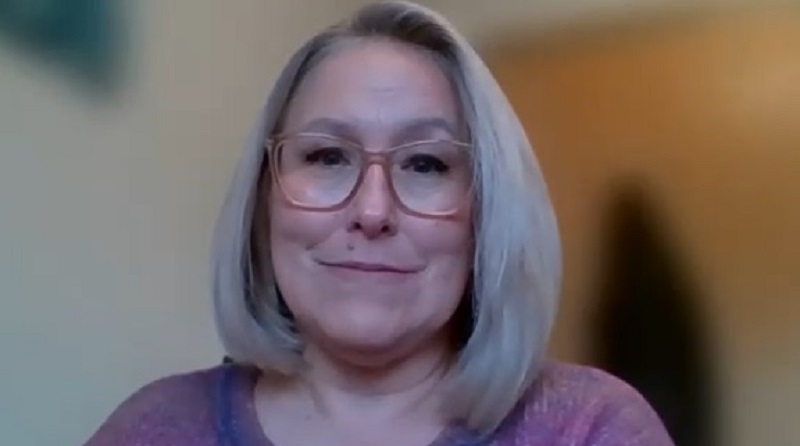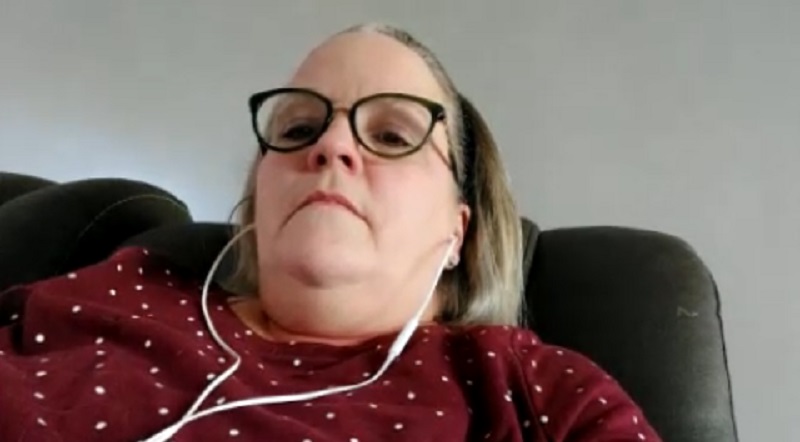PORTLAND, Ore. (KOIN) — There are 32,472 convicted sex offenders in Oregon. About 100 more sex offenders are added every month. Now, even after 7 years of work, the Oregon Parole Board has more than 20,000 sex offenders that remain unclassified at risk levels.
The parole board simply can’t keep up with the thousands of sex offenders who need to be classified as low, moderate or high risk. That’s even though it’s not doing more extensive evaluations of people like Richard Gillmore, aka The Jogger Rapist, to evaluate their current psychological status.
Gillmore, due to be released from prison December 16 after 36 years, was classified as a low-level sex offender based on a 10-question assessment by the parole board. That assessment, called the Static-99R, does not penalize Gillmore for the 7 or 8 prior crimes he admitted beyond his one conviction for attacking Tiffany Edens when she was 13.

The statute of limitations ran out for the other victims, and those cases are not counted under the guidelines devised by Canadian researchers behind the Static-99R.
The score sheet is the only tool the Oregon Parole Board uses to determine whether sex offenders are low, moderate or high risk to re-offend.
And the parole board is buried in evaluations.
“At our current staffing levels you would see we would finish in approximatley 43-and-a-half years,” Oregon Parole Board Executive Director Dylan Arthur told the legislature in 2019.
Use of the Static-99R is supposed to thin the list so police know who to watch most closely.
“There were all these people on the sex offender registry who posed no threat, based on an evidence based review of their risk,” Oregon House Judiciary Committee Chair Jennifer Williamson said in 2019. “Law enforcement said at the time, we can’t do anything with these people. So you need to narrow it down and get people off the registry who shouldn’t be on the registry.”
Arthur told the legislature he needed 30 more staff members at a cost of $11 million to get through the backlog. But the funding never came.
Dr. Maaike Helmus, a Ph.D with the Canadian non-profit Society for the Advancement of Actuarial Risk Needs Assessment, said there’s “no feasible way” of doing a detailed psychological assessment of every offender with such a backlog.

“And so having an efficient way to reliably sort them in their risk to re-offend is, in my opinion, a sensible use of resources,” Helmus told KOIN 6 News.
Asked if it’s appropriate to use just this one tool, Helmus said that in that specific context, “I do think that it’s defensible.”
But she also said that if someone was ranked as high risk from this test, they should be evaluated further.
“Depending on the resources available,” she said, “I think that could be a wise thing to do.”
Overall, Gillmore scored a 0 on the Static-99R, in the middle of the low-risk zone. To a lay person without extensive training on how to perform the test, Gillmore would seem to score a 6, or high risk.
He gets a lot of credit for being 63, when criminal behavior typically burns out.
But 3 of his victims — Danielle Tudor, Colleen Kelly and Tiffany Edens — have fought so long against the Oregon Parole Board and don’t trust Gillmore regardless of his age, and note he has had many disturbing psychological evaluations.



“Maybe try to come up with a different plan when they’re dealing with sexually sadistic, dangerous criminals,” Edens said.
Multnomah County officials told KOIN 6 News Gillmore will get additional testing and will be placed in a high-risk supervision plan. That includes making him wear a GPS electronic monitor to restrict his movement within the community. He will also have a strict curfew and regular check-ins.